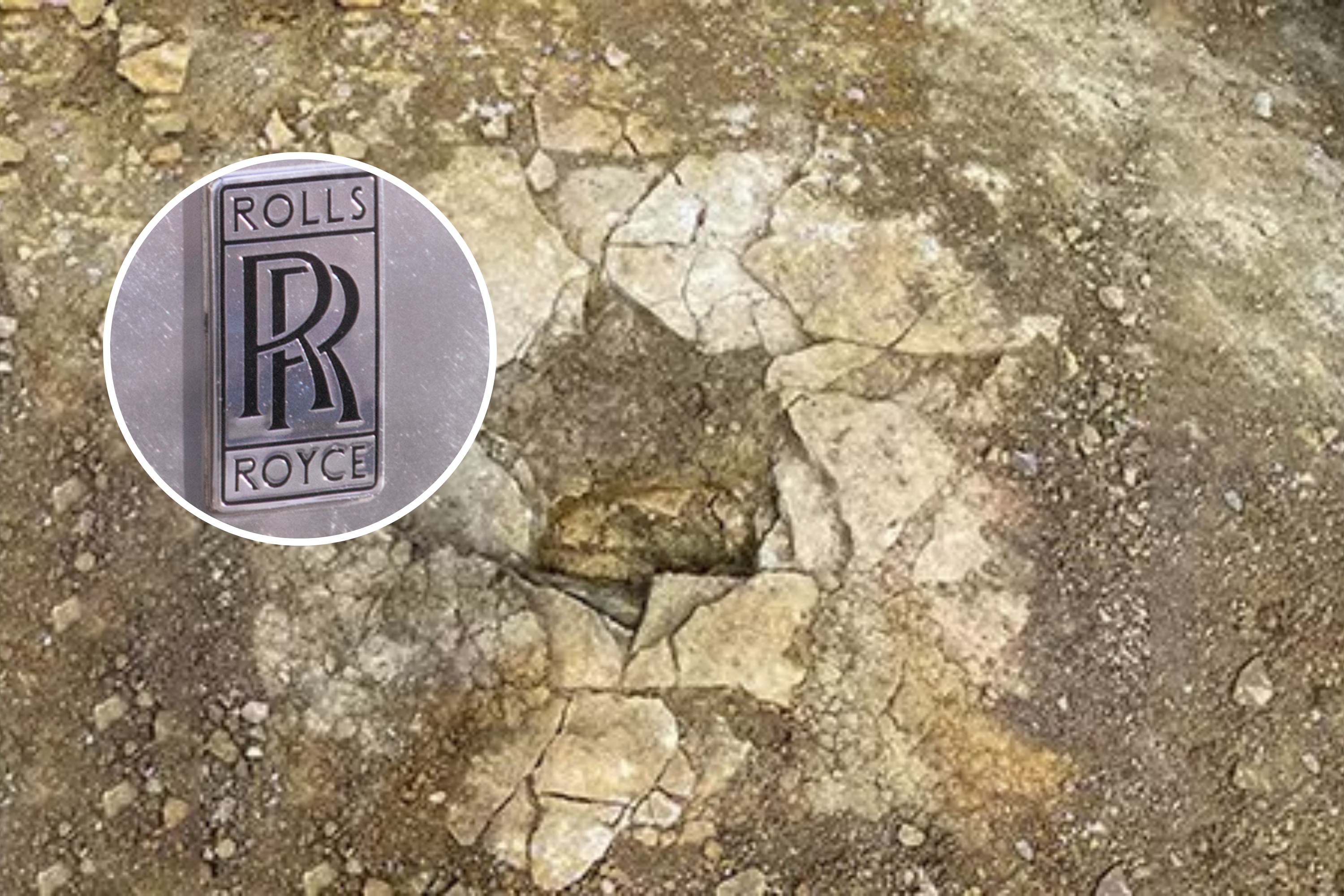Exciting archaeological findings have emerged at Rolls-Royce’s Filton site in Bristol, UK, igniting interest in the area’s history. As part of infrastructure upgrades, archaeologists discovered remnants of a prehistoric settlement along with human remains dating back to the Roman era.
The AOC Archaeology Group conducted trials to check for archaeological significance, revealing a double-ditched enclosure that marks the northern boundary of the prehistoric settlement. Additionally, they found postholes and pottery shards, suggesting the existence of small wooden structures.

theasis/iStock Unreleased/© Rolls-Royce plc 2024
Other discoveries included small pits and an enclosure likely used for keeping livestock. Notably, just north of the settlement, the remains of an individual from the Roman period were uncovered. The nature of the burial suggests that this person may not have been well-regarded by the community, hinting they could have been an outcast or criminal.
George Mitchell, Rolls-Royce’s vice president of infrastructure for the U.K. & Ireland, commented on the significance of these discoveries. He noted that they were uncovered during ground remediation work aimed at cleaning decades of pollutants from the site.
The unearthed remains are currently being cleaned and processed by archaeologists, with plans for their eventual exhibition in a local museum. Ongoing analysis is expected to provide further insights into both the findings and the broader history of the Filton site.
Daniel Lock, the Rolls-Royce group property program executive, expressed enthusiasm for the discoveries, linking them to the site’s storied past, which even includes experiences from World War II. The team is eager to continue their development efforts at this historically rich location.
